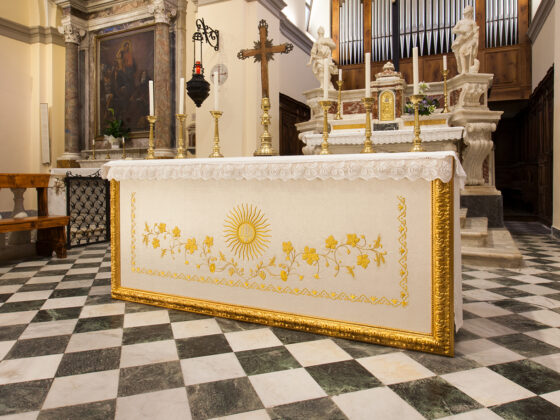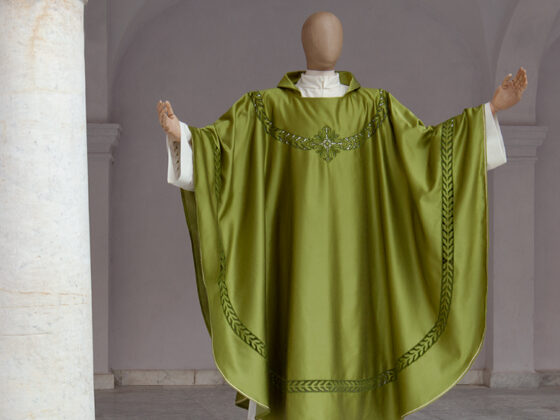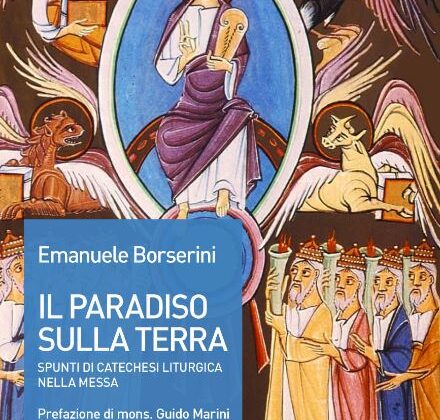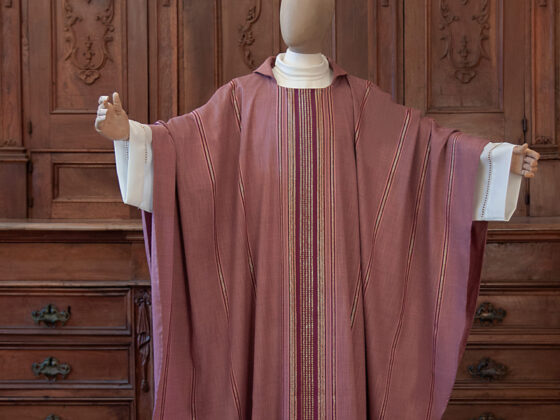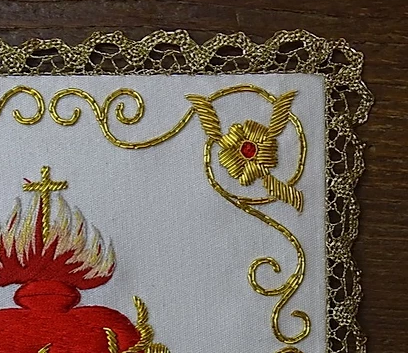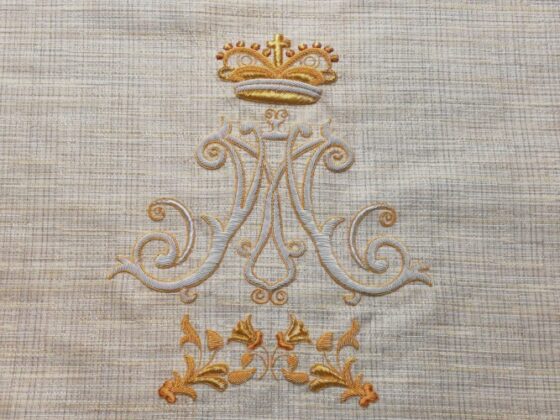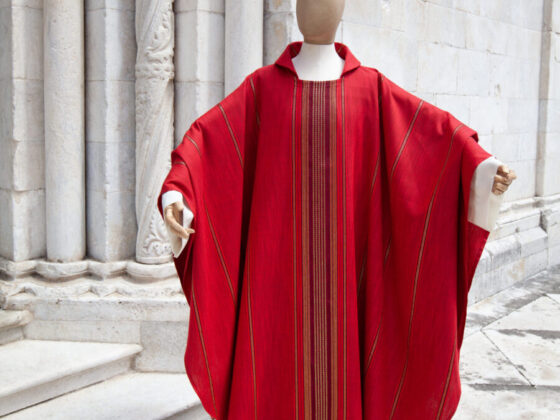“The center of the entire liturgical year is the Triduum of the Lord crucified, buried, and risen,” and “from Easter spring all the holy days,” thus the announcement of Easter day, proclaimed on the Solemnity of the Epiphany, clearly and solemnly describes the holy days that are now near. This capital importance in the liturgical life of the Church is expressed and lived through the particularity of the rites celebrated on those days.
The Paschal Triduum, as the term itself indicates, is a period consisting of three days that celebrate Easter: Friday, Saturday, and Sunday. However, these days should be considered according to the ancient calculation of the day, where it runs from vespers to vespers. This is why it fully includes the evening that for us would still be Thursday. This system has remained in effect even for Sunday and solemnities, which indeed have First and Second Vespers: an extended day that prefigures the “Sunday without sunset” (Preface of the Sundays of Ordinary Time X).
In early Christianity, the vigil on Sunday was an important moment because Sunday was the day of the celebration of the Eucharist, a day awaited throughout the entire week and awaited while staying awake. It was a way of living the liturgy far removed from our modern practice, but it is the true way! In the broadest sense of its meaning, we can therefore encompass in the Paschal Triduum all the time from the Vespers of Holy Thursday to the Second Vespers of Easter Sunday. In this extension, in addition to the three celebrations of the Lord’s Supper, the Passion, and the Easter Vigil, the Liturgy of the Hours and all devotions and pious practices that take place during this time are also included.
In a strict sense, the Paschal Triduum is one single solemn celebration that takes place in three different moments: the Lord’s Supper, the liturgical action of the Lord’s death, and the celebration of the Lord’s resurrection. These three moments share the same solemnity and are the most solemn of the entire liturgical year. On Good Friday, however, this solemnity is expressed in a completely unique way, with the apparent total absence of solemnity. Yet, it is precisely the ritual uniqueness of this day that makes it solemn in its own way, and even by seeing the church completely stripped, as never before, one senses that something extraordinary is happening.

Thus, we discover the true meaning of solemnity, which is often confused with the mere increase of lights and colors that satisfy a need for immediate emotional impact. However, this is just the beginning of the mystical journey that the liturgy leads each faithful person through. By following the Church’s teachings from Sacrosanctum Concilium onward, it is easy to understand that a solemn celebration is simply a complete celebration, where everyone is present and fulfills their ministry, and every rite is performed according to its rules and its deep meaning. We could say that it is not the quantity of gold that makes the solemnity, but how much it makes the mysteries being celebrated shine.
These days, with a continuous interplay of manifestation and concealment of visual solemnity, express in different ways the solemnity of the Paschal mystery. The moments of the Paschal Triduum are profoundly united because the moments of the Paschal mystery lived by Jesus are profoundly united. There are also other symbols within the liturgy that express this unity. First of all, the altar: it is always covered by a cloth, just like the table of the Last Supper; it should be made of stone, like the tomb, and above or near it stands the cross, as if it were Mount Calvary. This is why the altar is a symbol of Christ Himself and is kissed by the priest at the beginning and end of Mass, incensed twice, and even outside of the celebration, it should never become a mere support for various objects that have nothing to do with its deep dignity.
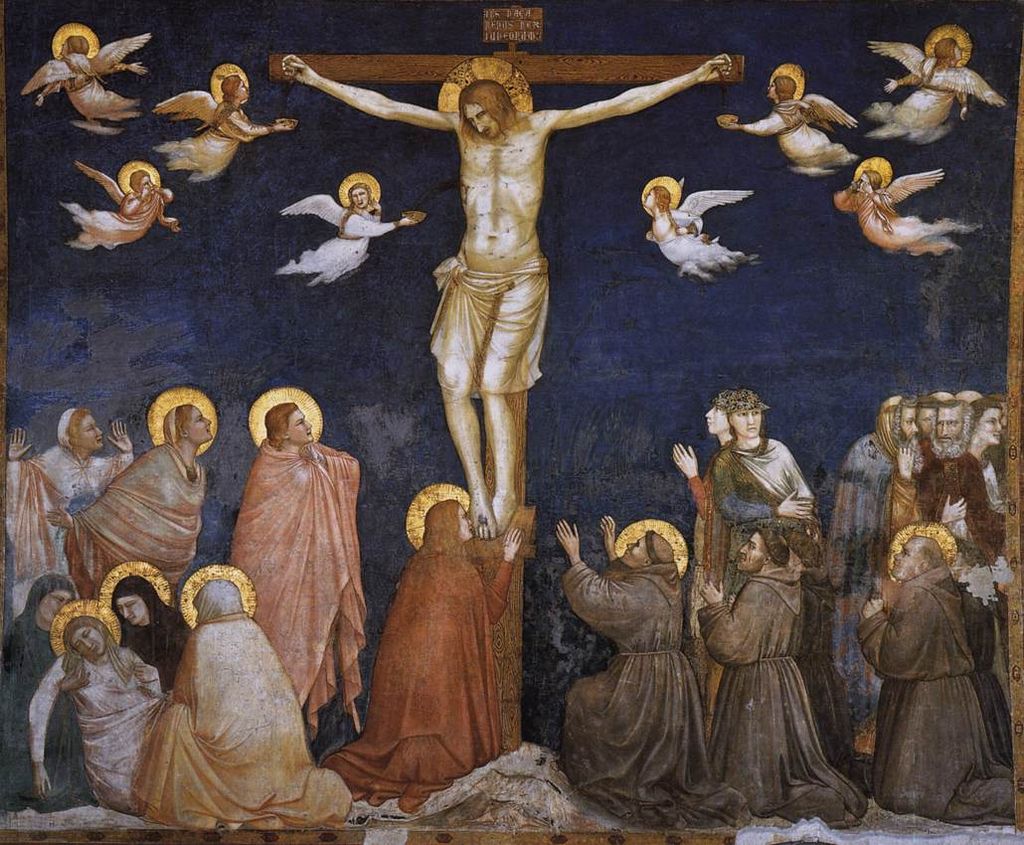
Another symbol is the frequent use of the liturgical cross, characterized by the addition of a radiating pattern at the intersection of its arms or behind the head of the crucified figure. At the very moment when Jesus dies on the cross, the Paschal resurrection is inaugurated (cf. the prayer in the liturgical action of Good Friday). The three moments of the Paschal Triduum are connected because there are no liturgical breaks between them, but rather a silence that closes the Mass of the Last Supper, opens and closes the celebration of Good Friday, and will also open the Paschal Vigil: a silence that is a rite, just as a pause is music. In episcopal liturgy, there is another sign of the extension of individual liturgical experiences throughout the rest of the day: the Bishop does not wear his ring throughout Good Friday.
The liturgy is really the ‘form that gives shape’ (Encounter Jesus, 17) to our whole life and on these days we can experience this in a unique and special way, in a true, that is, solemn way.
Don Emanuele Borserini, former bishop’s master of ceremonies of the diocese of Massa Carrara Pontremoli and current director of the cultural heritage office of the diocese of Massa Carrara Pontremoli

